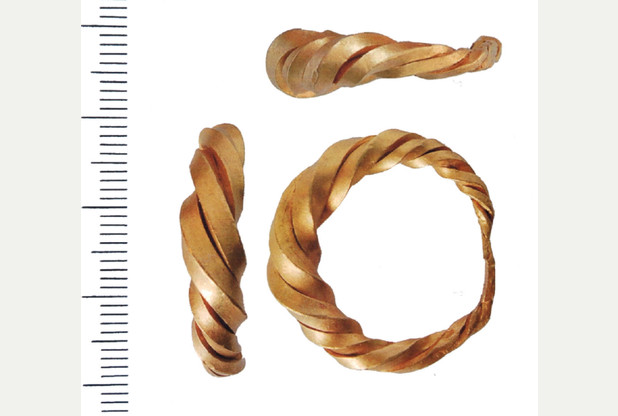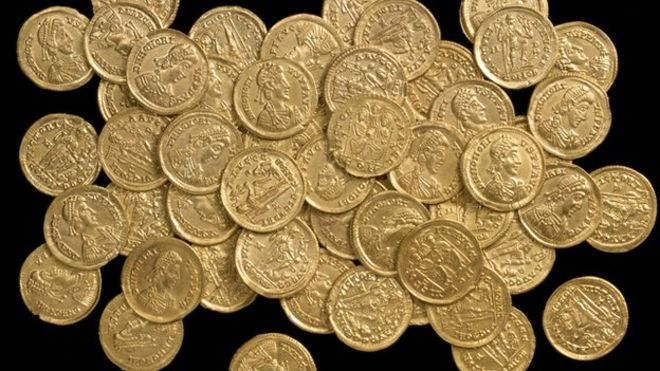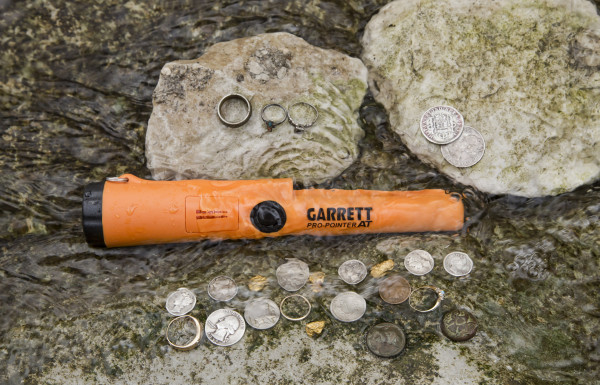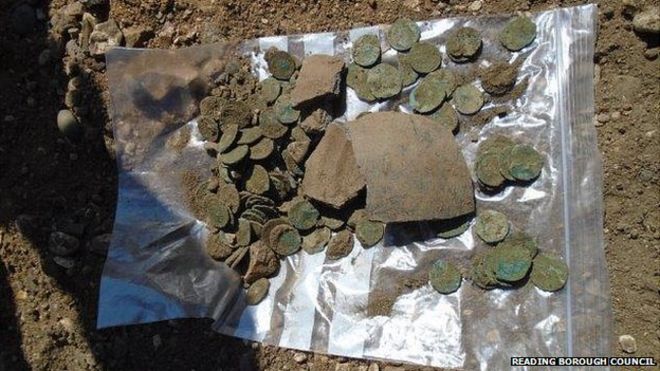Historical jewellery which has lain undetected for centuries has been unearthed across the county. A Bronze Age hoard of gold bracelets from the Forest of Dean, an early medieval gold finger ring dug up in a village south of Gloucestershire, a 350-year-old silver thimble found in the Stroud district, and a post-Medieval silver-gilt spoon will all be the subject of coroner’s treasure trove hearings in June and July.
Their value is not yet known.
Unless a Gloucestershire museum buys treasure trove items, they will remain in the British museum collection. Treasure trove is an amount of money or coin, gold, silver, plate, or bullion found hidden underground where the treasure seems old enough for it to be presumed that the true owner is dead and the heirs undiscoverable.





